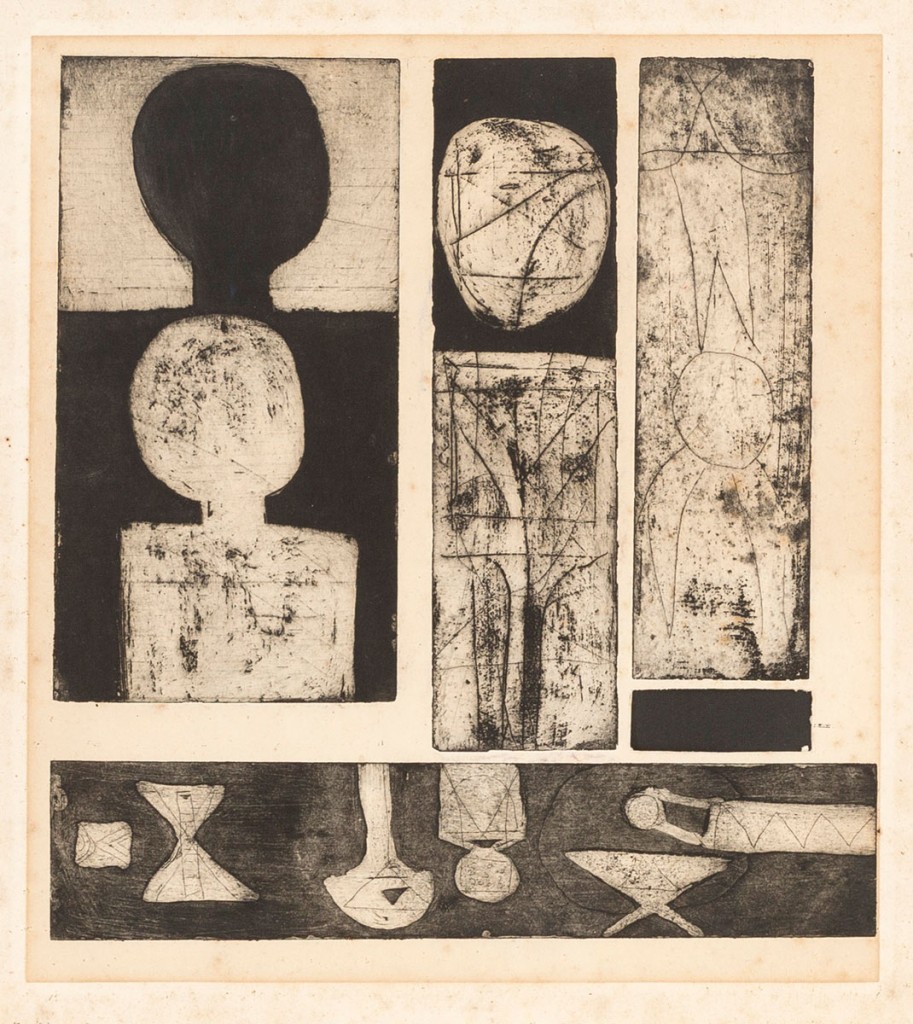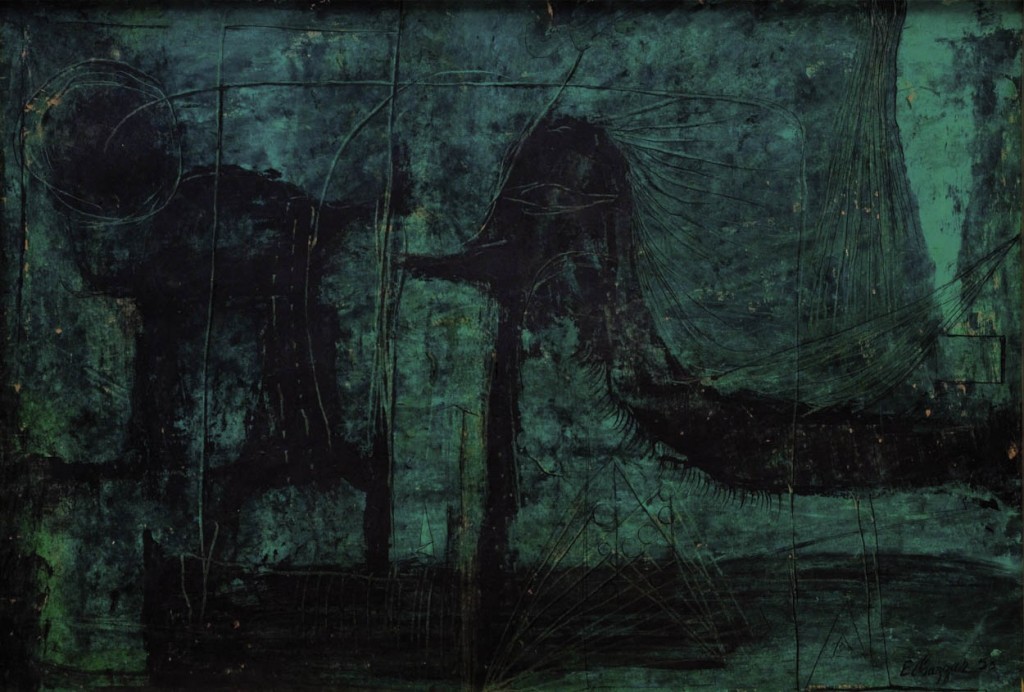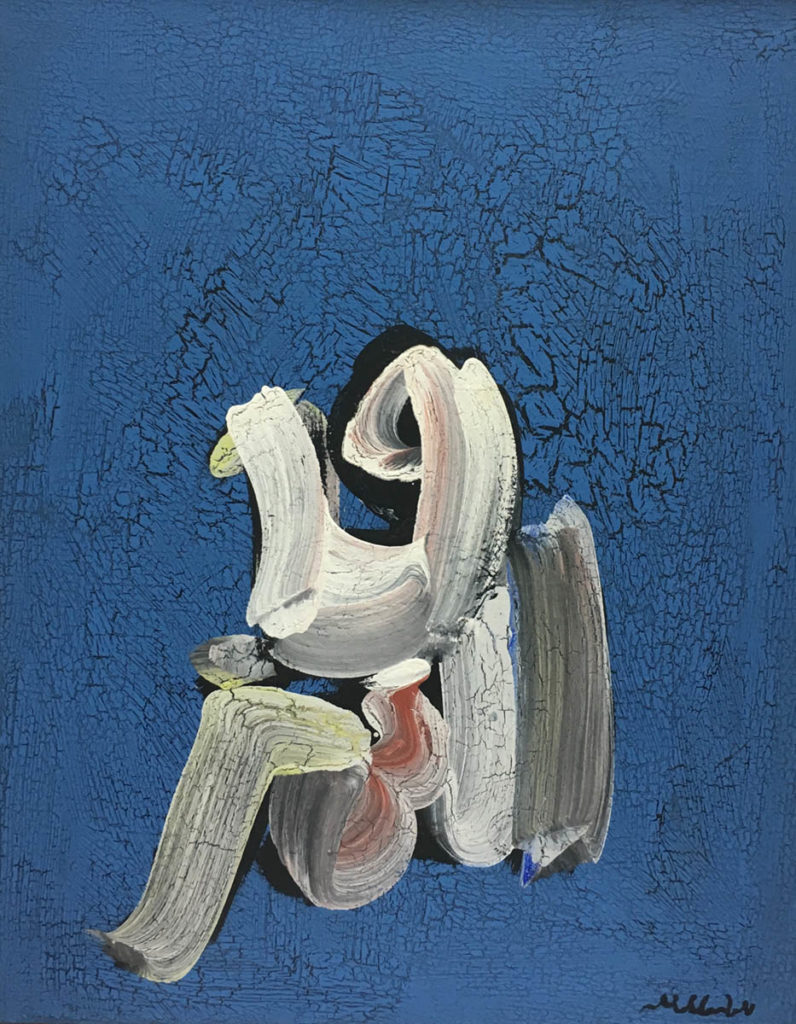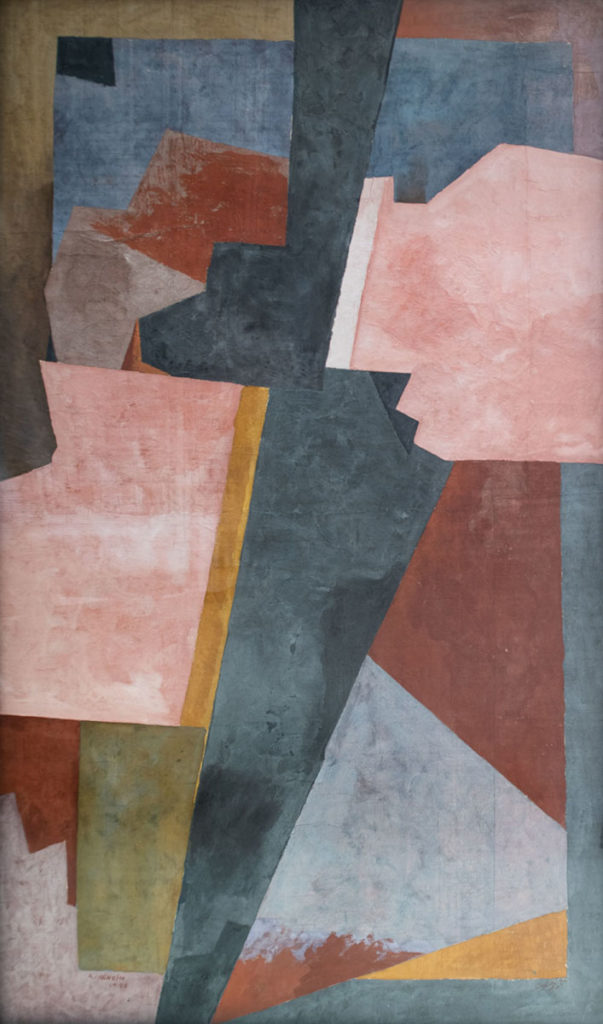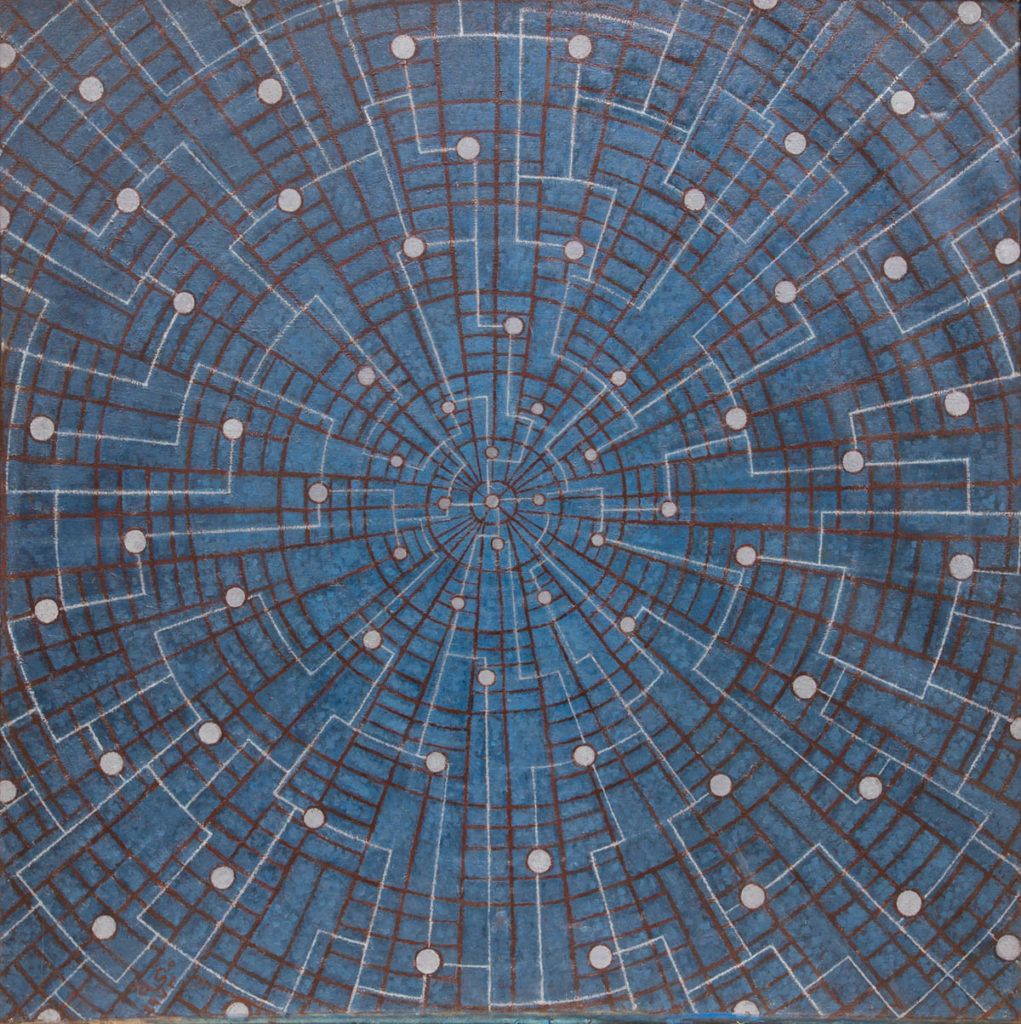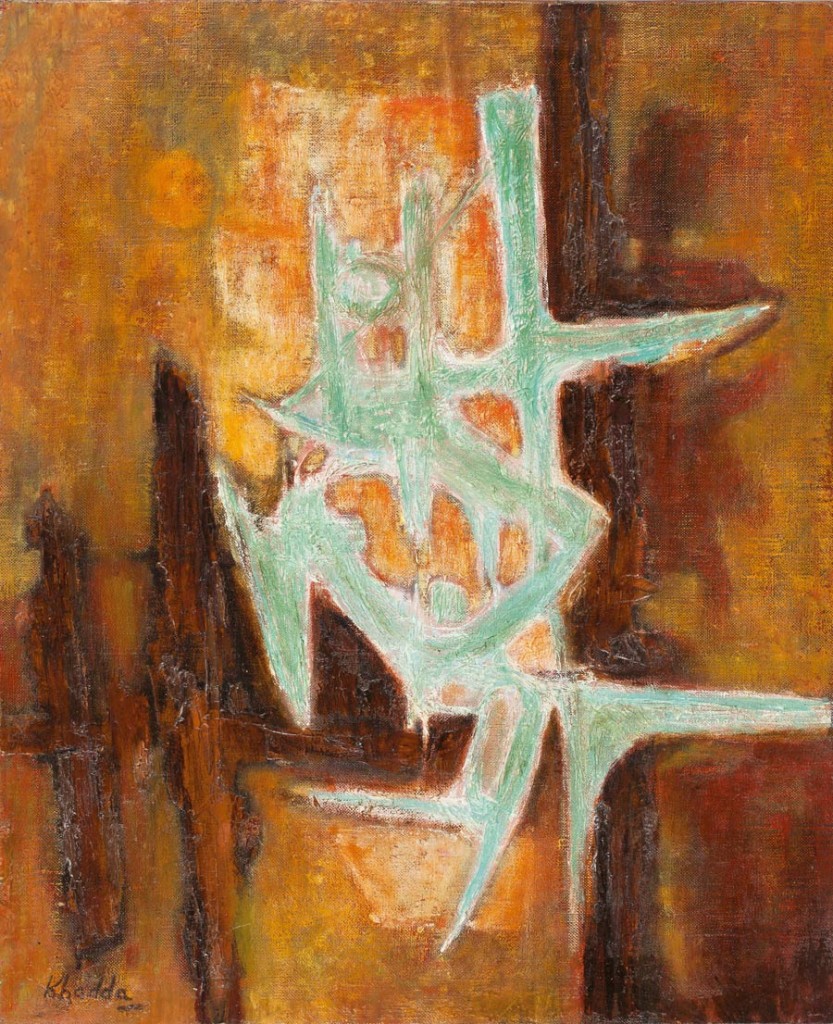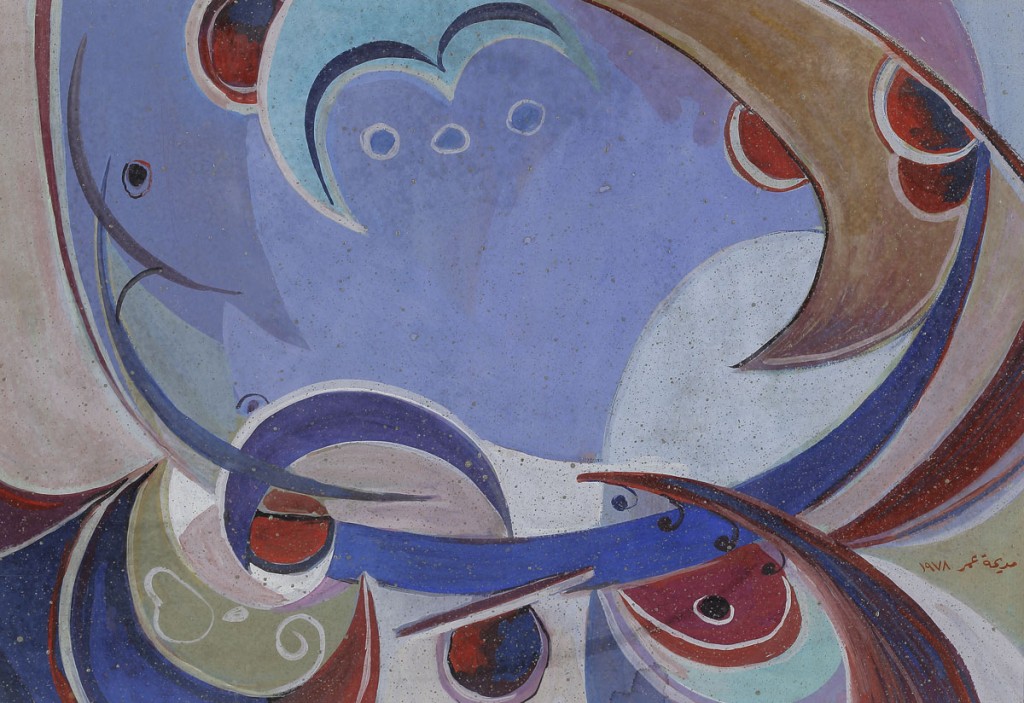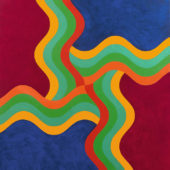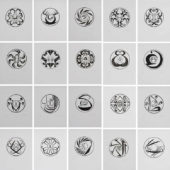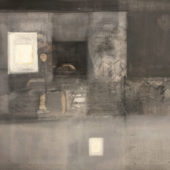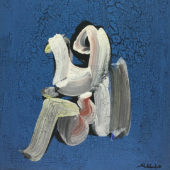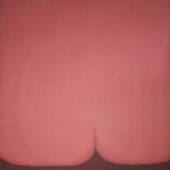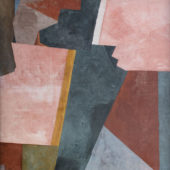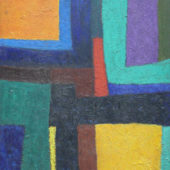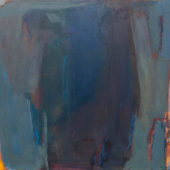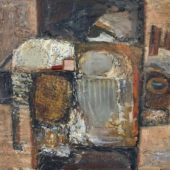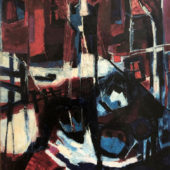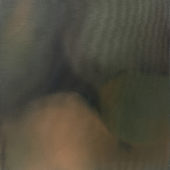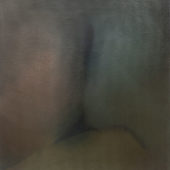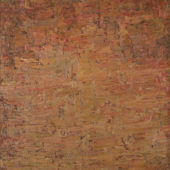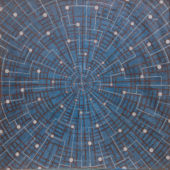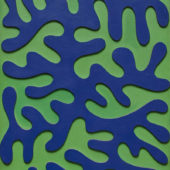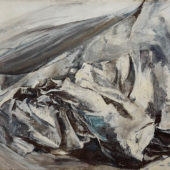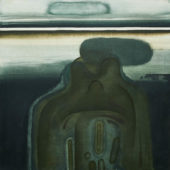Taking Shape
Taking Shape: Abstraction from the Arab World, 1950s–1980s explores mid-20th-century abstract art from North Africa, West Asia, and the Arab diaspora—a vast geographic expanse that encompasses diverse cultural, ethnic, linguistic, and religious backgrounds. Comprising nearly 90 works by artists from countries including Algeria, Egypt, Iraq, Jordan, Kuwait, Lebanon, Morocco, Palestine, Qatar, Sudan, Syria, Tunisia, and the United Arab Emirates (UAE), the exhibition is drawn from the collection of the Barjeel Art Foundation based in Sharjah, UAE. The paintings, sculpture, drawings, and prints on view here reflect the wide range of nonfigurative art practices that flourished in the Arab world over the course of four decades.
Decolonization, the rise and fall of Arab nationalisms, socialism, rapid industrialization, wars and mass migrations, and the oil boom transformed the region during this period. With rising opposition to Western political and military involvement, many artists adopted critical viewpoints, striving to make art relevant to their own locales. New opportunities for international travel and the advent of circulating exhibitions sparked cultural educational exchanges that exposed them to multiple modernisms—including various modes of abstraction—and led them to consider their roles within an international context.
The featured artists—a varied group of Arab, Amazigh (Berber), Armenian, Circassian, Jewish, Persian, and Turkish descent—sought to localize and recontextualize existing 20th-century modernisms, some forming groups to address urgent issues. Moving away from figuration, they mined the expressive capacities of line, color, and texture. Inspired by Arabic calligraphy, geometry and mathematics, Islamic decorative patterns, and spiritual practices, they expanded abstraction’s vocabulary—thus complicating its genealogies or origin and altering how we view non-objective art.
At its heart, Taking Shape raises a fundamental question: How do we study abstraction across different contexts, and what modes of analysis do we use? Looking critically at the history and historiography of mid-20th-century abstraction, the exhibition rethinks art-historical canons and expands the discourses around global modernisms.
